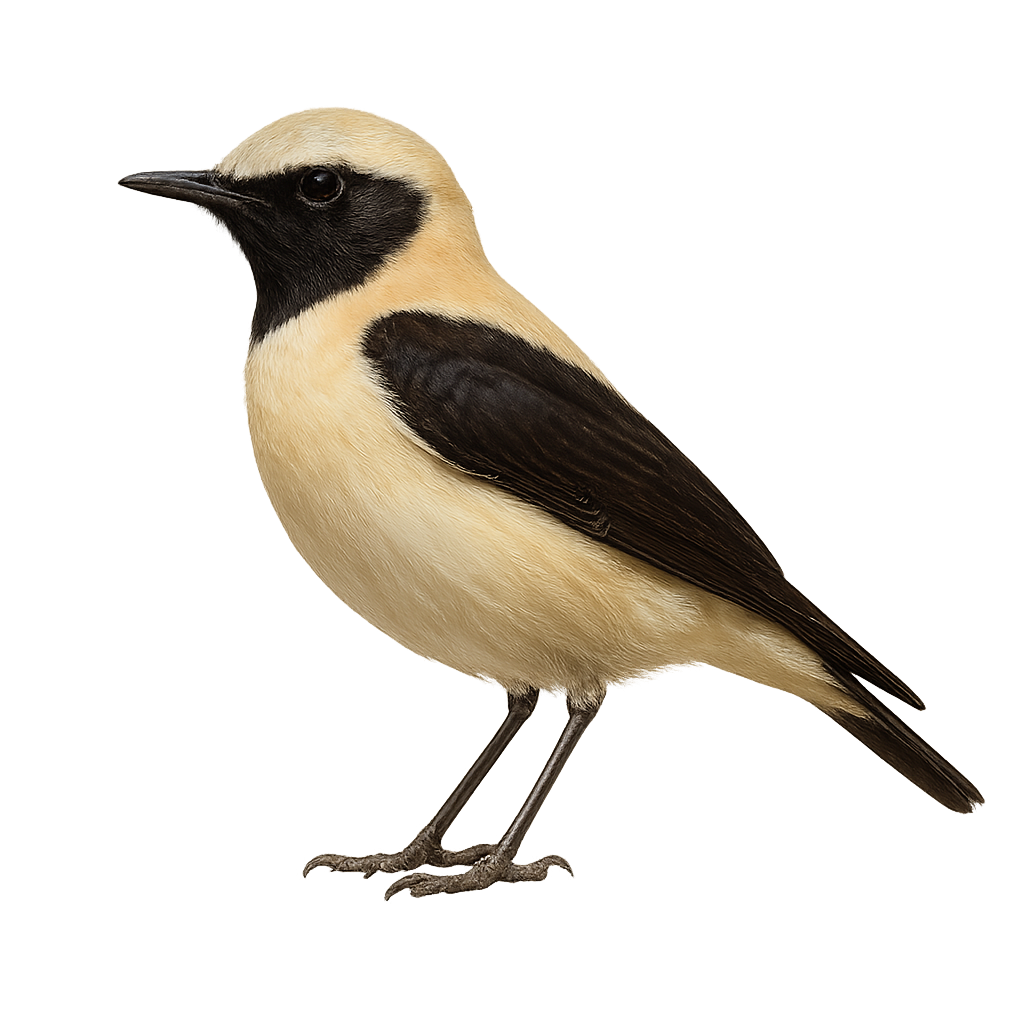Your wildlife photography guide.
Explore the black-eared wheatear in detail, study its behavior, prepare your shots.
Where to observe and photograph the black-eared wheatear in the wild
Learn where and when to spot the black-eared wheatear in the wild, how to identify the species based on distinctive features, and what natural environments it inhabits. The WildlifePhotographer app offers tailored photography tips that reflect the black-eared wheatear’s behavior, helping you capture better wildlife images. Explore the full species profile for key information including description, habitat, active periods, and approach techniques.
Black-eared wheatear
Scientific name: Oenanthe hispanica

IUCN Status: Least Concern
Family: MUSCICAPIDAE
Group: Birds
Sensitivity to human approach: Tolerant
Minimum approach distance: 10 m
Courtship display: April to June
Incubation: 11-13 jours
Hatchings: April to June
Habitat:
Steppes, rocky slopes, scrub and open plains
Activity period :
Primarily active during the day, with peak activity in the morning and late afternoon.
Identification and description:
The black-eared wheatear is a small passerine, 14–15 cm long, with contrasting plumage: pale grey crown and back, black wings and tail, white throat and a black eye stripe. It inhabits steppes, rocky slopes, scrub and open plains in southern Europe and Western Asia, feeding on insects and spiders on the ground or during low flights. During breeding (April to July), the male performs aerial displays and sings from a perch to attract the female and defend its territory.
Recommended lens:
300 mm – adjust based on distance, desired framing (portrait or habitat), and approach conditions.
Photography tips:
Photograph the black-eared wheatear at dawn or late afternoon using a telephoto lens of ≥300 mm from a low hide in open habitats. Use a fast shutter speed to freeze its aerial sallies and a shallow depth of field to isolate its contrasting plumage. Be discreet and patient.
The WildlifePhotographer App is coming soon!
Be the first to explore the best nature spots, track rutting seasons, log your observations, and observe more wildlife.
Already 1 415 wildlife lovers subscribed worldwide

